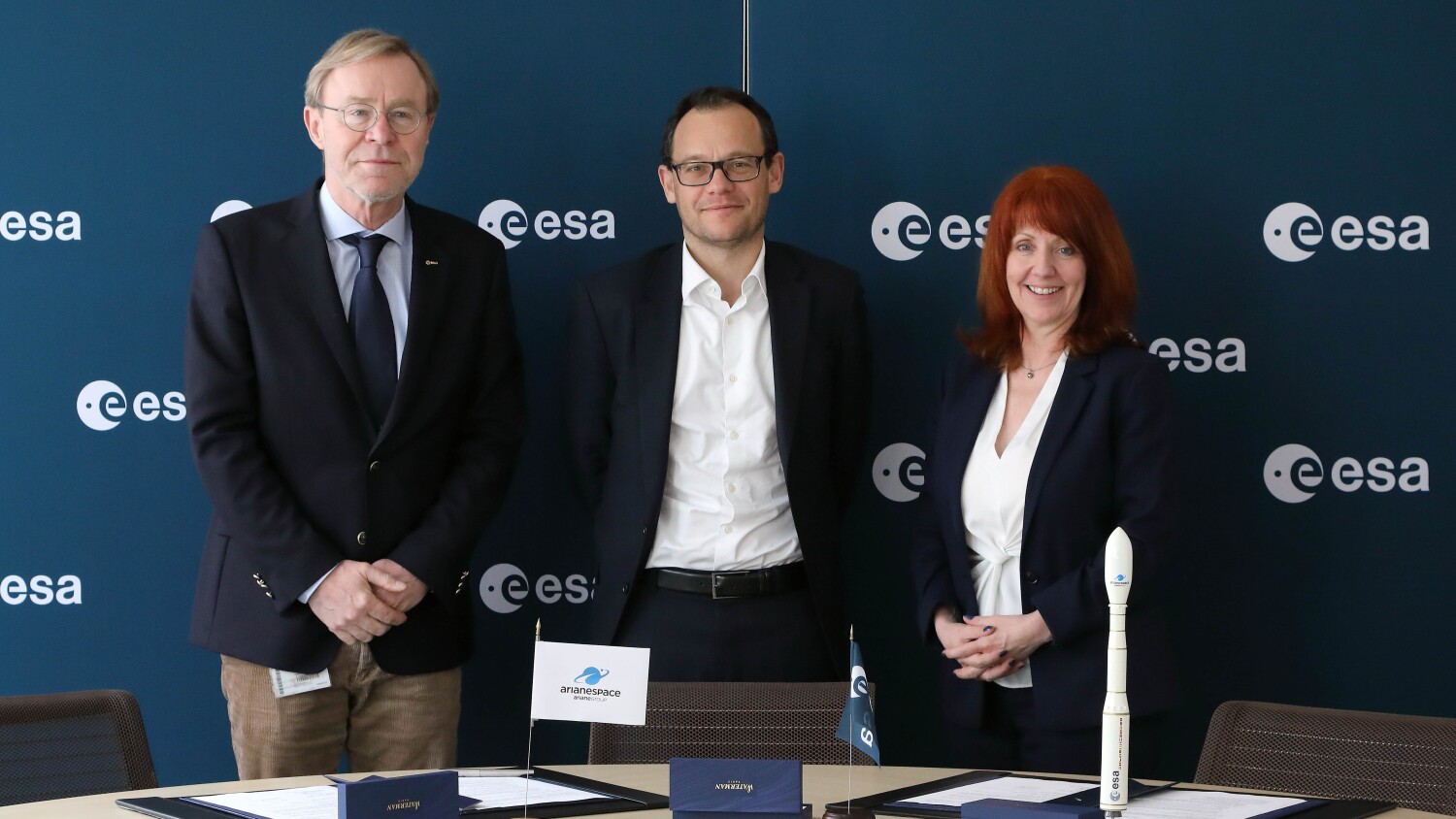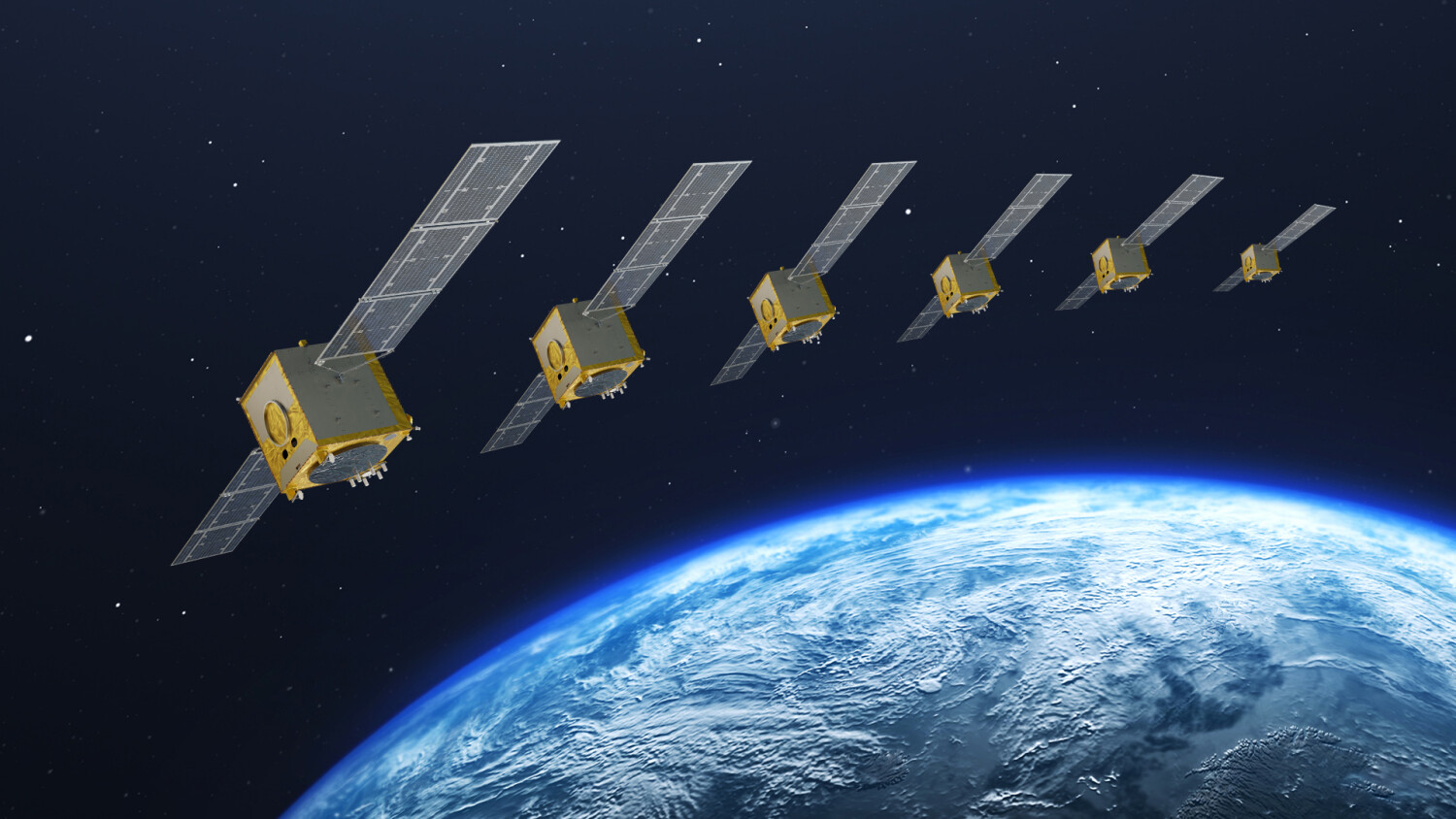Arianespace has successfully launched the Helios IIA observation satellite for the French, Belgian and Spanish ministries of defense.
Following a flight lasting 60 minutes and 8 seconds, the Ariane 5 launch vehicle accurately injected Helios IIA into Sun-synchronous polar orbit. The mission also deployed six auxiliary payloads: four Essaim micro-satellites and two other small spacecraft, Parasol and Nanosat.
Sixteenth successful launch
With its 16th successful mission, the standard Ariane 5G (“Generic”) launcher continues to confirm its technical and operational maturity. The launcher also showed its ability to handle a complete range of missions, from government launches into Sun-synchronous orbit to huge commercial satellites into geostationary orbit and scientific spacecraft into special orbits.
The launch was from Europe’s Spaceport in Kourou, French Guiana, on Saturday, December 18, at 1:26 p.m. local time in Kourou (1626 GMT, and 5:26 pm in Paris).
A Boost for Defense
The Ariane 5 launcher is a key to the development of a common European defense and security policy, which must include space capability. Helios IIA is the 13th military payload to be carried by Europe’s Ariane launcher.
Arianespace covers the spectrum of missions needed by European armed forces:
- Optical observation, including launches of Helios 1A in July 1995 and Helios 1B in December 1999 (for France, Italy, Spain).
- Telecommunications, with Syracuse I, II and III (France), Sicral 1 (Italy), Skynet 4 (U.K.), Hispasat 1A and 1B (Spain), Turksat 1A, 1B, 1C and Eurasiasat (Turkey).
Helios IIA
Helios IIA is the initial satellite in France’s second-generation defense and security spaceborne observation system, being conducted in conjunction with Belgium and Spain. France’s DGA defense procurement agency (Délégation Générale pour l’Armement), which is part of the French MoD, is in charge of the program. It has assigned overall responsibility for the space segment to the French space agency, CNES (Centre National d’Etudes Spatiales).
Helios IIA weighed approximately 4,200 kg. at launch. It was built by EADS Astrium as prime contractor, leading a large team of European subcontractors, including Alcatel Space, in charge of the high resolution imaging instrument.
Essaim
The Essaim program is designed to demonstrate the feasibility of space-based detection of electromagnetic transmitters, and evaluate the performance of this type of system. EADS Astrium is prime contractor for the Essaim program.
Parasol
The Parasol microsat aims to characterize the radiation and microphysical properties of clouds and aerosols. French space agency CNES is prime contractor for the Parasol microsat.
Nanosat
Nanosat will provide an in-orbit demonstration of several telecommunications nano-technologies, as well as solar and magnetic sensors. It was developed and built by INTA of Spain.







